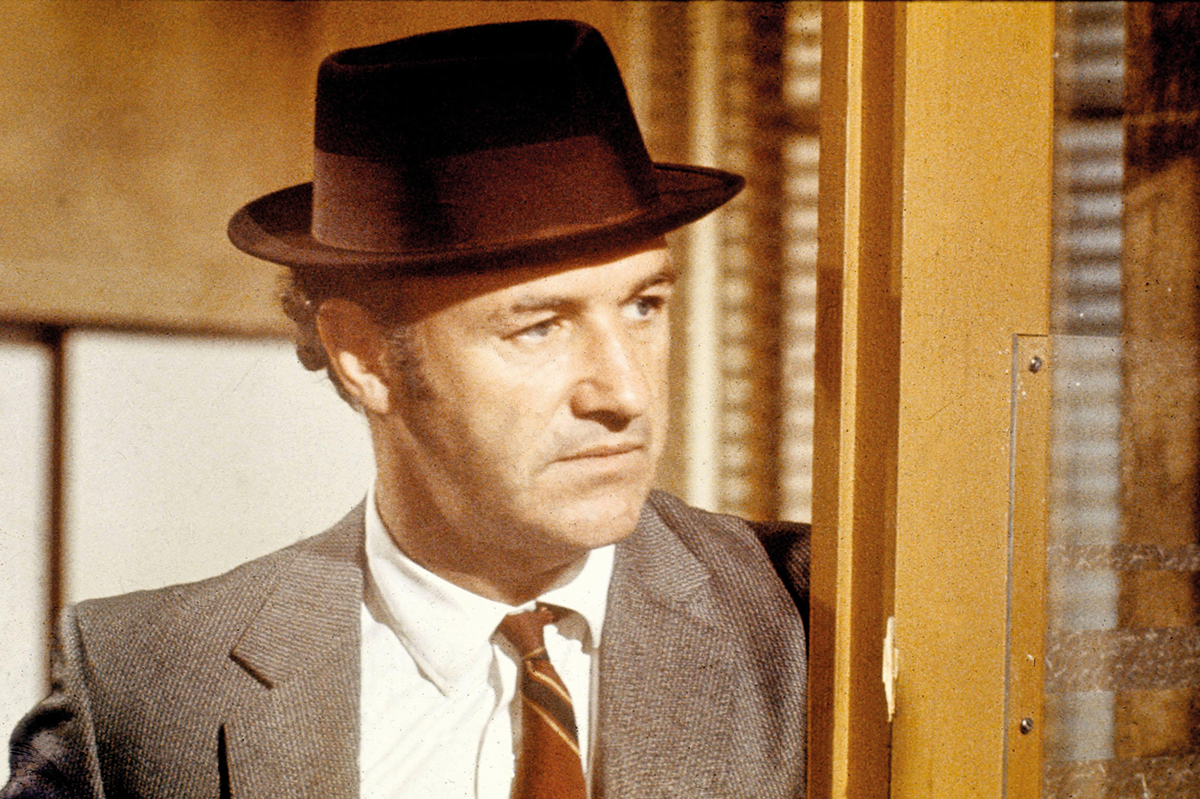Action films are boring. This isn’t really an opinion, it’s just demonstrably true. Try it for yourself: put on any high-octane, orange-and-teal action movie from the last fifteen years and see how long it takes before you start automatically fiddling around with your phone. I can usually make it about five minutes. This is weird. I can deal with all the incredibly sedate cinematic vegetables just fine, but as soon as there are gunfights or chases involved I get distracted. I think I know why.
The real betrayal of this Mad Max sequel is that it’s full of talking
Action directors know that they’re competing with the sensory equivalent of a crackpipe in every pocket, so they do whatever they can to make their films as attention-grabbing as possible. Everything comes out slick, shiny, computerized; a lot of the time, each individual shot only lasts for a few seconds, in case you get tired of looking at one thing for too long. They’re desperate not to bore us. But the overall effect is of loud, manic, basically unconnected digital images swimming in front of your eyes — which happens to be the exact same effect you get from scrolling mindlessly on your phone. So you may as well just look at your phone.
In a way, CGI has ruined the dumb action film. When anything is possible, nothing is ever really impressive. When an essentially fictional camera can swoop through a simulated environment at will, the image loses any relation to the actual process of looking and it’s hard to maintain any visual interest. You can throw in as many explosions as you like; it still feels like watching a screensaver.
But it wasn’t always like this. You can go back and watch the magnificently dumb original Matrix from 1999: there’s some computer-generated stuff happening around the edges, but most of what you’re seeing onscreen is a human body being dangled on wires by a Hong Kong choreographer, and it looks visceral and real. In the 2003 sequels, that’s been replaced with CGI, and it looks like those animations they play at the bowling alley.
Anyway, one of the great recent exceptions to this rule was 2015’s Mad Max: Fury Road, which was a lot of things, but not boring. The entire film essentially consists of one extremely long car chase through a post-apocalyptic Australia up until the end. As soon as you sit down, you’re battered in the face by one audacious practical effect after another. Real shopping carts covered in rusty metal spikes, real big rigs decorated with human skulls, real explosions in a desert somewhere. Even if the skulls are plaster, the effect is genuine. By the end, I felt myself bludgeoned into a kind of meaty pulp, about the same consistency as gravy left in the fridge overnight.
The film’s other great virtue was its refusal to explain what it was doing. The title character barely spoke five words in the entire two-hour runtime. The plot revolved around a general called Furiosa trying to steal away the harem of a bloated warlord called Immortan Joe and take them to somewhere called the Green Place, but even that was mostly told through firefights instead of dialogue. Meanwhile there were weird stilt-walkers in the dead marshes, legions of cancerous, white-painted warriors kept alive by constant blood transfusions from their prisoners, and an obscure religious cult based on the principles of eternal rebirth and sniffing paint. None of this was ever explained, which didn’t matter at all. They were great images. Great images work by themselves.
In fact, as part of the writing process for Mad Max: Fury Road, director George Miller produced pages and pages of backstory for every character. I’m sure this is part of what made the film work: it might have been proudly dumb, but it wasn’t stupid; there was an internal reason for everything that happened. But we, as viewers, do not need to see that backstory. It’s much more fun to just be thrown into the chaos of this world. Unfortunately, Miller seems not to agree.
Since he had the backstory, why not adapt it? Which is why we have Mad Max: Furiosa. When the trailer was released, it sparked an immediate backlash: this prequel seemed to be stepping away from practical effects and leaning more heavily on CGI. Which it does, to its detriment — but the real betrayal is that this thing is full of talking. Long dialogues in which the characters explain themselves and their motivations to each other. Near the end, an enormous, climactic war between two rival chieftains is skipped over in a five-second montage so that two characters can have a conversation about the futility of revenge.
It’s all fine. Anya Taylor-Joy is fine as the vengeful heroine. Chris Hemsworth is fine as the lightly maudlin villain. The set-piece battles we get are fine. We see some of the mysterious locations mentioned in Mad Max: Fury Road, and those are fine, too. There are a lot of people who will be really into this sort of thing: there’s a whole cottage industry of YouTube explainers, delving into the backstories and lore of every big entertainment franchise, neurotically disassembling everything into its moving parts. They like things to be explicable. But I felt a strange urge to look at my phone instead.
This article was originally published in The Spectator’s UK magazine. Subscribe to the World edition here.






















Leave a Reply